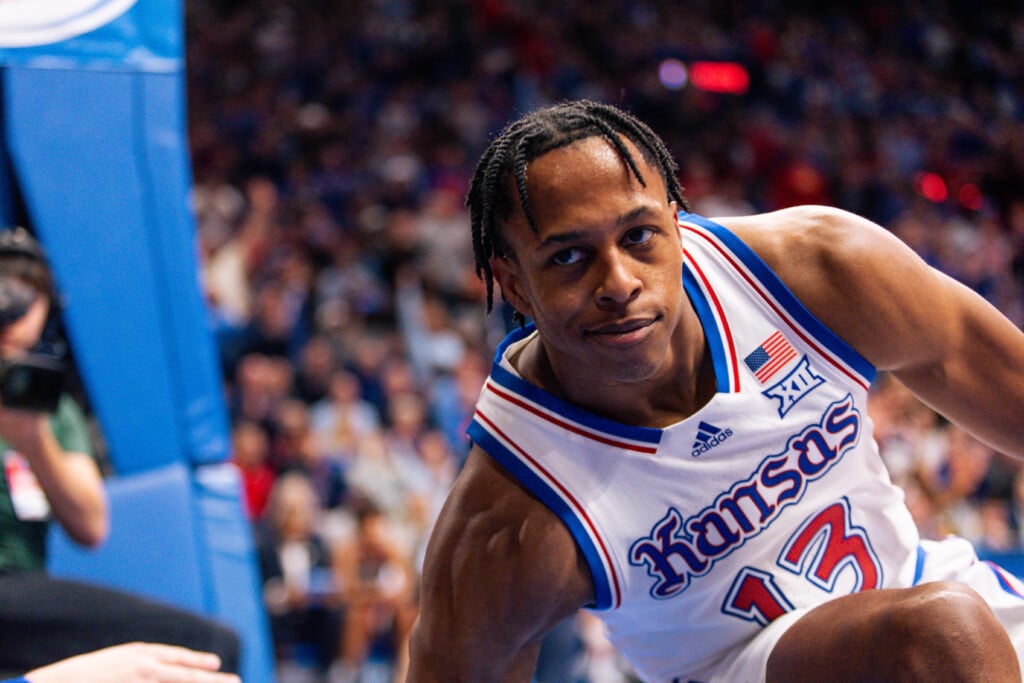When the economy batters restaurants, new restaurateurs go for the safe and familiar

A couple of friends of mine recently got into an impassioned argument about the state of restaurants in this dismal economy.
“The old model just won’t work anymore,” one of them insisted. “The days of fine dining are all over. No one wants to go to those restaurants anymore. They can barely afford to eat at Chipotle!”
I refused to be pulled into the conversation because who the hell knows what will happen? I’m constantly amazed at how some restaurants seem to be thriving, and I’m sometimes surprised to hear about ones that have closed. (Not always, though. I was actually relieved over recent news that a couple of third-rate venues had finally gone out of business.)
Don’t ask me what the “new model” for restaurants is going to be. I’ve already lived through plenty of changes in the restaurant business, and “the next big thing” is often a flash in the pan. I mean, once you’ve seen them all come and go — salad bars, creperies, disco diners, vegetarian snack shops, fusion fare — it’s a relief to slide into a booth at an old standby like the Savoy Grill, which remains virtually unchanged after more than a century, and eat a steak and a potato.
And just when I think the venerable continental-style restaurant is over, there’s a new variation on that old theme. That’s how I feel about the West Chase Grille in Leawood, anyway. In this unsettling time, it seems like a comfortable throwback.
Which isn’t to say its prices are that comforting. Only three dishes on the current dinner menu are priced under 20 bucks: the vegetarian plate, a penne pasta with sausage in fennel cream sauce, and the oven-roasted chicken breast stuffed with brie and figs. The certified Angus beef burger is $15 but does include a mound of parmesan truffle fries.
Salads are extra, of course, although the “side” versions of the house and the Caesar aren’t too costly. And the meals include baskets of excellent warm bread and lots of butter. What I’m saying is that this new restaurant, the brainchild of chefs John Westerhaus and Chase Wilcox, is in the tradition of an old restaurant.
On both of my visits, the average age of the diners was definitely over 40. I watched with fascination as many of them retained the traditions of my parents’ generation: Most started the meal with a cocktail, sipped wine through dinner — there’s a fine but pricey wine list — and ate heartily from a menu well-stocked with steaks, chops, lamb, short ribs and fresh fish.
The food is very good, the service is smooth, and the ambience is tasteful and unassuming. Westerhaus and Wilcox may not offer the flamboyantly innovative style of the chefs who preceded him in this space — Michael Smith and Debbie Gold of 40 Sardines — but, as a friend of mine pointed out, “40 Sardines isn’t there anymore, and maybe there’s a reason for that. Not everyone wants culinary creativity.”
Westerhaus and Wilcox are creative enough. They understand the demographic of this location and have adjusted their imaginations accordingly. On a creative scale, I’m not sure where I’d put the warm brie appetizer. This half-wheel of the creamy French cheese, dusted with panko bread crumbs, fried and slathered with an apricot-chile glaze, might have been haute cuisine in a totally Midwestern way in the 1970s.
“And that’s why I like it,” my friend Wendy said as she spread it on a piece of toasted baguette. “This would have been totally glamorous back when we were totally glamorous.”
I’m afraid I missed my glamour stage completely, although I confess that I’ve always been a sucker for a hunk of fried cheese, particularly when it’s drenched in a sticky, jammy glaze. “It’s like eating dinner and dessert at the same time,” Wendy said.
Wendy’s husband, Eddie, an architect, was amazed that nothing remained of 40 Sardines’ much-discussed décor. The new owners gutted the place and created a soaring, soothing dining room that’s fancy without being fussy: no tablecloths but pretty glassware and flatware, purple napkins and heavy glass votives.
Eddie raised an eyebrow at the prices, but I encouraged him to go ahead and order the double-cut pork chop, which was succulent and juicy and splashed with a subtle mustard cream sauce. The dinners here “come with things,” our server had informed us. In Eddie’s case, his chop was sided with an extraordinarily good hunk of Boursin-cheese potato gratin and braised red cabbage.
Wendy, who’s always on some diet, opted for the 6-ounce filet. “I’m on Atkins this week,” she explained. The steak was gorgeous, and so was the sassy brandy-peppercorn cream sauce served with it. “I’m not supposed to eat potatoes,” she noted, taking a bite of the accompanying roasted-garlic-and-rosemary mashed spuds. “They’re delicious!”
I envied those potatoes because I was less entranced with the creative but not-so-tasty puck of grilled wild-mushroom polenta cake that was both a side and a perch for my meal: sexy roast-duck slices with a blackberry ginger glaze. This dish also featured Brussels sprouts, which I detest, so I had begged for sautéed mustard greens instead, and they were wonderful.
Our server’s description of the desserts seemed a bit uninspired, but the house-made spiced bread pudding sounded interesting. We shared the hefty slab of the soft, custardy confection blanketed with a potent bourbon sauce — I must have gotten a wee bit tipsy because I didn’t faint when the bill arrived.
On my next visit, I brought along Bob, who was in one of his less cheery moods. After giving a cursory glance at the menu, he insisted that he would only eat a burger. The West Chase Grille burger, he announced after two bites, was the best in town. “You could use the beef in this sandwich to make steak tartare,” he insisted.
I was on the fifth spoonful of an insanely rich portabello-mushroom cream soup topped with a spoonful of truffle oil. It was silky and fabulous but too decadent to eat any more. I moved on to that night’s special: a terrific fresh trout, pan-seared without fuss in butter, salt and pepper. It was such a success that I even enjoyed the side dish: a heap of amber-colored sautéed spaghetti squash, a vegetable that usually just bores me.
We didn’t have dessert that night; Bob was too full, and I had eaten too many slices of bread (shipped in from the La Brea Bakery in Los Angeles and baked in the West Chase kitchen). That soup had practically counted as dessert anyway.
The days of fine dining may be over for now, but Westerhaus and Wilcox are showing that the old style is, amazingly, new again.
Click here to write a letter to the editor.




